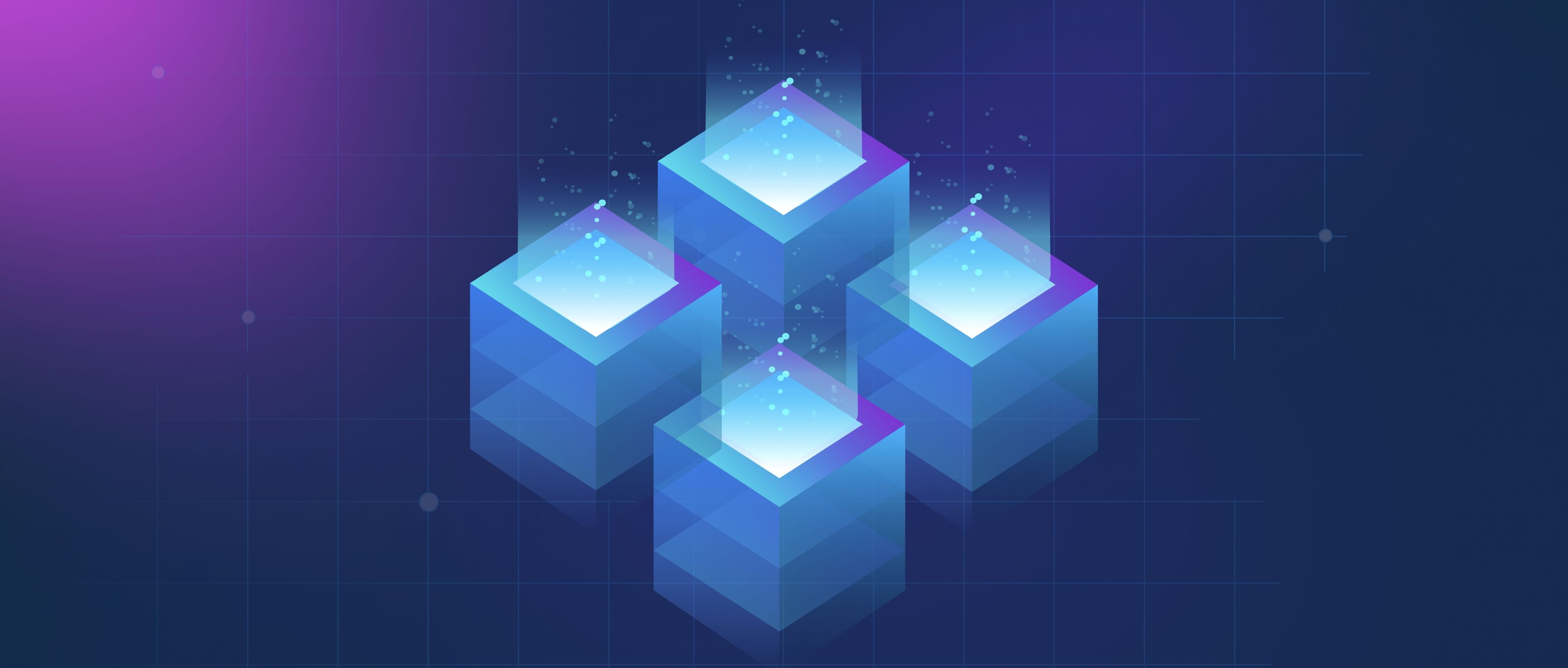Zero-shot learning (ZSL) is a method used in image classification tasks that enables a model to recognize and categorize images without having seen any training examples of those categories. Instead of relying solely on labeled data for every possible class, ZSL leverages relationships between known and unknown classes. This is typically done by using attributes or descriptions that allow the model to understand the features and characteristics of new classes, even if it hasn't been explicitly trained on them.
For example, consider a model that has been trained to recognize certain animals, like cats and dogs, using images labeled with their respective tags. In a zero-shot scenario, if the model encounters a new category, such as a zebra, it can still classify the image based on its understanding of relevant attributes. If it knows that a zebra has stripes, four legs, and is similar to a horse (which it may have seen during training), it can leverage this information to categorize the zebra image, even without any specific training examples of zebras.
This approach is particularly useful in situations where collecting and annotating data for every possible category is infeasible or too costly. For instance, in wildlife conservation, researchers may want to identify new species from camera trap images without having pre-collected images of those species. Zero-shot learning enables models to make informed guesses based on generalized knowledge, thus enhancing the application's scope and efficiency. By using auxiliary information like semantic relationships or class attributes, ZSL significantly expands the solutions available for image classification tasks.
